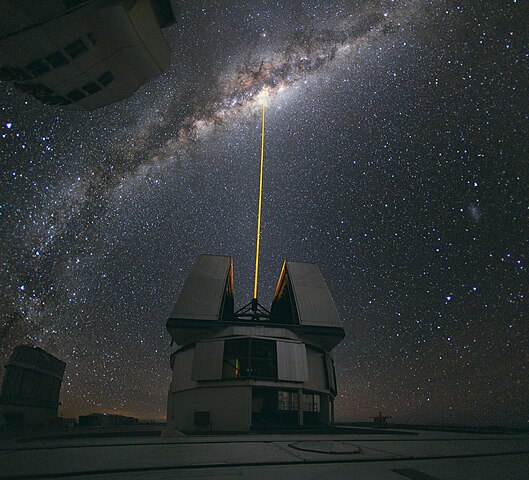Decoding UFO sightings involves a multidimensional approach that encompasses evidence, analysis, and speculation. Here’s a breakdown of these components in the context of UFO sightings:
-
Evidence:
- Eyewitness Testimonies: The primary evidence in many UFO sightings comes from eyewitness accounts. Collecting detailed and consistent testimonies from credible witnesses is crucial. Factors to consider include the number of witnesses, their credibility, and their expertise in identifying aerial phenomena.
- Photographs and Videos: Visual evidence in the form of photographs and videos can be valuable if they are clear, high-resolution, and not easily attributable to known objects or phenomena. However, digital manipulation and hoaxes are significant challenges in assessing photographic evidence.
- Radar and Instrumentation Data: In some cases, radar and other instrumentation data can corroborate UFO sightings. This data can provide information on the object’s speed, altitude, and flight path. Analyzing radar data requires expertise.
- Physical Traces: Rarely, UFO sightings are associated with physical traces such as landing marks, radiation, or unusual residues. These traces can provide tangible evidence but are infrequently encountered.
- Government and Military Reports: Declassified government and military reports can be valuable sources of evidence, as they often include detailed accounts of UFO sightings and investigations.
-
Analysis:
- Natural and Man-Made Explanations: The first step in analyzing a UFO sighting is to explore natural and man-made explanations. Many sightings can be attributed to conventional phenomena, such as weather balloons, aircraft, drones, astronomical objects, or atmospheric anomalies.
- Expert Examination: Experts in fields like astronomy, aviation, meteorology, and psychology may be consulted to analyze the evidence and offer their perspectives. Their expertise helps rule out common explanations and identify anomalies.

- Data Correlation: Correlating multiple data sources, such as eyewitness testimonies, photographs, radar data, and instrument readings, can provide a more comprehensive understanding of a UFO sighting. Consistency across different data types is a key factor.
- Psychological Factors: Consider the role of psychological and perceptual factors that can influence the perception of UFOs. Optical illusions, misperceptions, mass hysteria, and cultural influences should be assessed.
-
Speculation:
- Extraterrestrial Hypothesis: While speculative, the idea that some UFOs may represent extraterrestrial technology remains a topic of discussion. This hypothesis suggests that certain sightings could be evidence of advanced, non-human civilizations visiting Earth.
- Advanced Technology: Speculation may involve considering advanced human-made technology or classified military projects that are not publicly disclosed.
- Conspiracy Theories: Some speculations may involve conspiracy theories related to government cover-ups or secret knowledge about UFOs. These claims often lack credible evidence.
- Explanatory Gaps: In cases where conventional explanations are lacking, speculation may arise to fill the explanatory gap. However, it’s important to differentiate between speculation and evidence-based conclusions.
In summary, decoding UFO sightings is a complex process that involves evaluating multiple forms of evidence, conducting thorough analysis, and, in some cases, engaging in speculative discussions. While many UFO sightings can be explained by known phenomena, a small percentage remain unexplained, highlighting the need for continued scientific investigation and research into the phenomenon.









